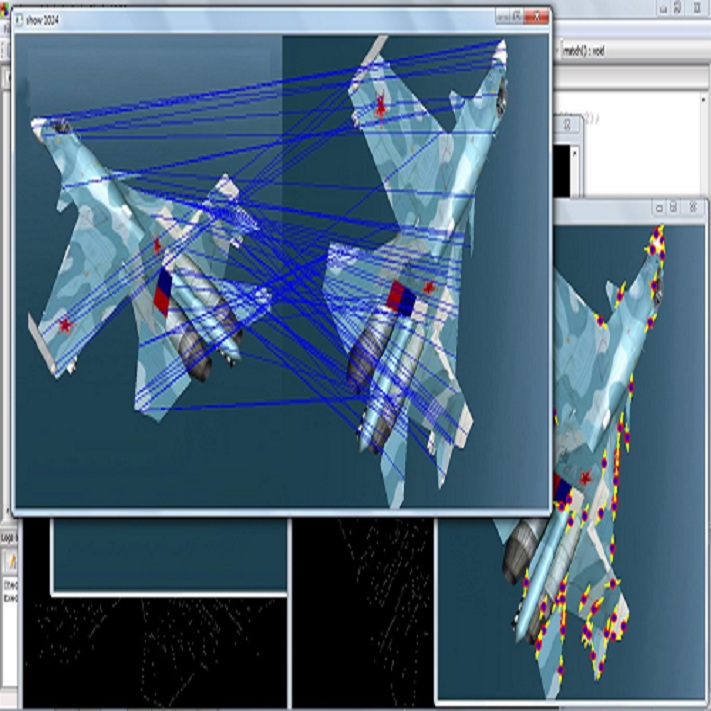Large deformations of organs, caused by diverse shapes and nonlinear shape changes, pose a significant challenge for medical image registration. Traditional registration methods need to iteratively optimize an objective function via a specific deformation model along with meticulous parameter tuning, but which have limited capabilities in registering images with large deformations. While deep learning-based methods can learn the complex mapping from input images to their respective deformation field, it is regression-based and is prone to be stuck at local minima, particularly when large deformations are involved. To this end, we present Stochastic Planner-Actor-Critic (SPAC), a novel reinforcement learning-based framework that performs step-wise registration. The key notion is warping a moving image successively by each time step to finally align to a fixed image. Considering that it is challenging to handle high dimensional continuous action and state spaces in the conventional reinforcement learning (RL) framework, we introduce a new concept `Plan' to the standard Actor-Critic model, which is of low dimension and can facilitate the actor to generate a tractable high dimensional action. The entire framework is based on unsupervised training and operates in an end-to-end manner. We evaluate our method on several 2D and 3D medical image datasets, some of which contain large deformations. Our empirical results highlight that our work achieves consistent, significant gains and outperforms state-of-the-art methods.
翻译:由不同形状和非线性形状变化造成的器官大变形给医学图像登记带来了重大挑战。传统登记方法需要通过特定的变形模型和精确的参数调整来迭代优化一个目标功能,这些功能需要通过特定的变形模型和精确的参数调整,但在以大变形来登记图像方面能力有限。深层次的学习方法可以从输入图像到各自的变形场来学习复杂的绘图,但这种方法以回归为基础,容易被困在本地微型中,特别是当涉及到大变形时。为此,我们介绍Stochastic Planner-Actor-Critic(SPAC),这是一个新型的强化学习框架,以进行渐进式登记。关键概念是按每个步骤排列一个移动图像以最终与固定图像一致的移动能力。考虑到在常规加固学习(RL)框架中处理高维连续行动和状态空间具有挑战性,我们为标准的Actor-Critictal模型引入了一个新的概念“计划 计划 ”,这是一个低维度概念,可以促进行为者产生可移动的高维度的动作。整个框架基于不甚高层次的模型,我们不甚高层次的模型,我们在不易的模型上运行中进行大规模的模型上,我们不甚高层次上进行着一个不固定的模型。



